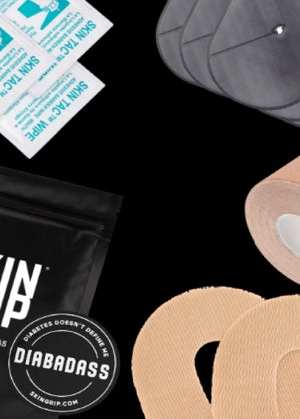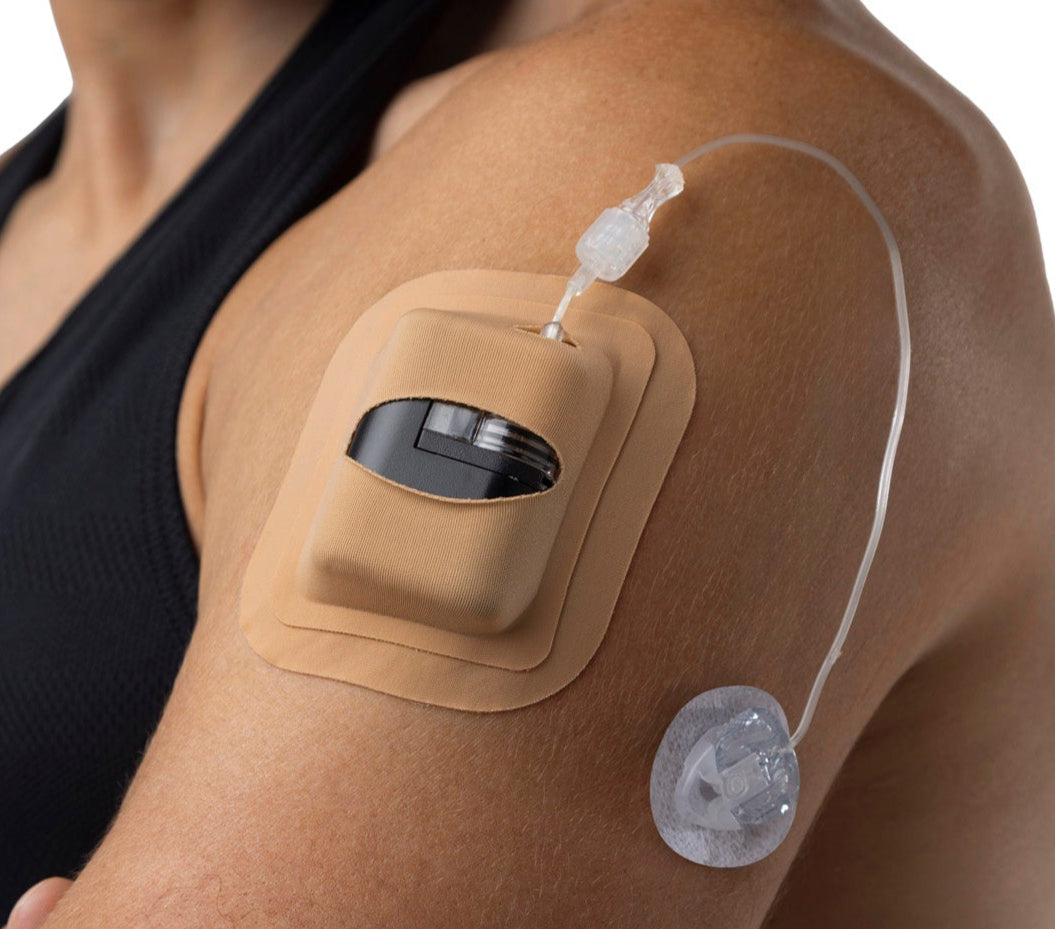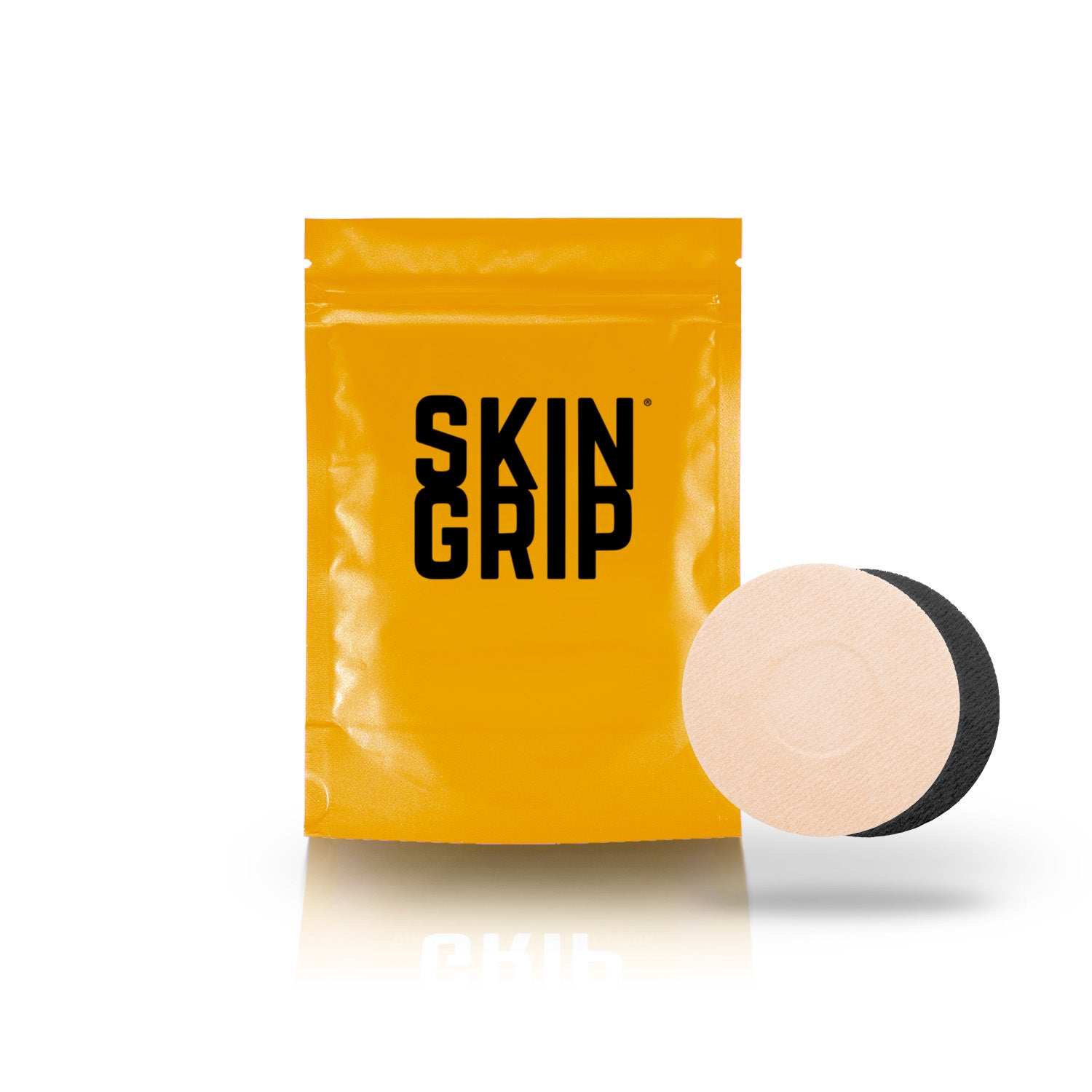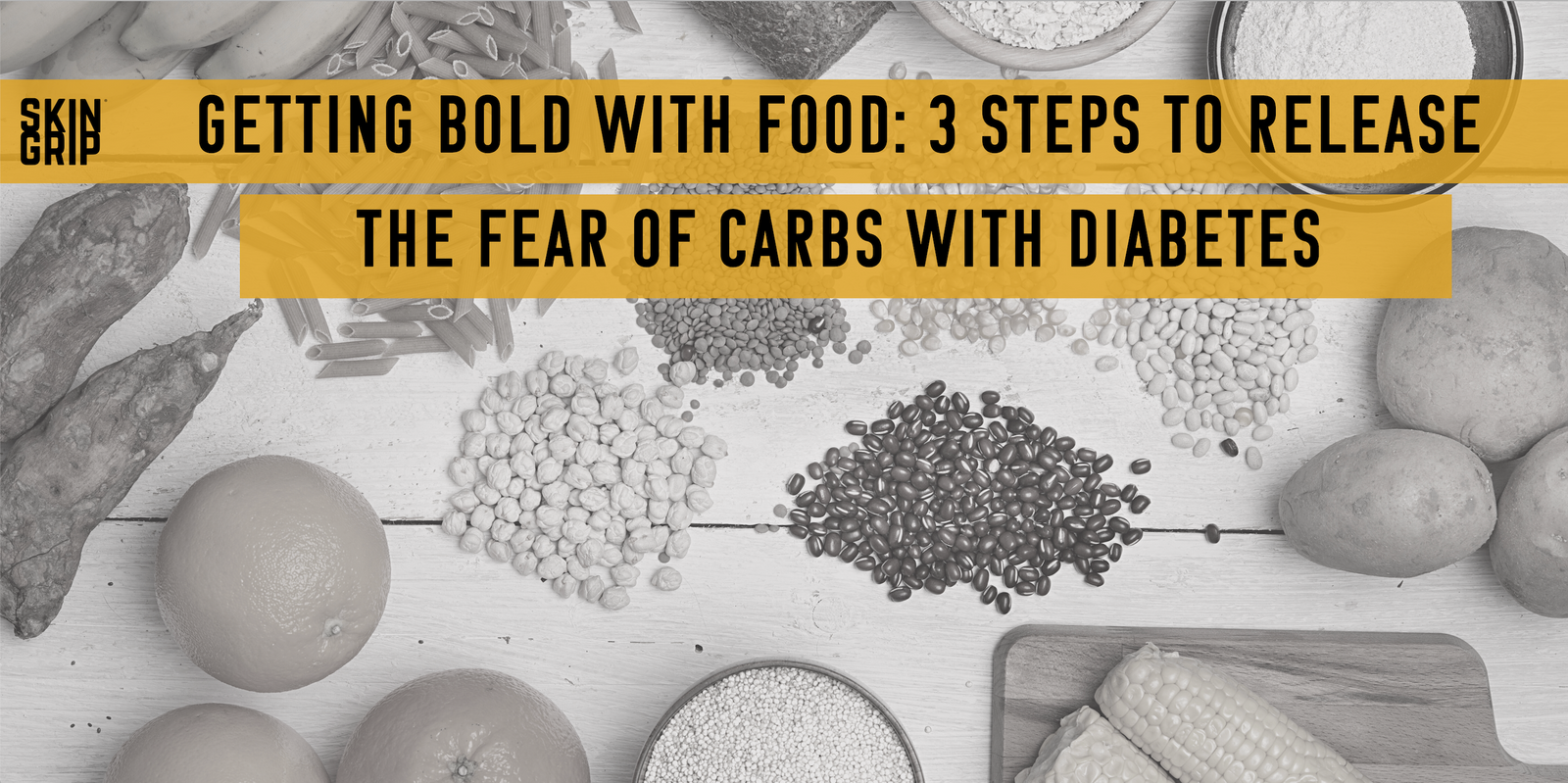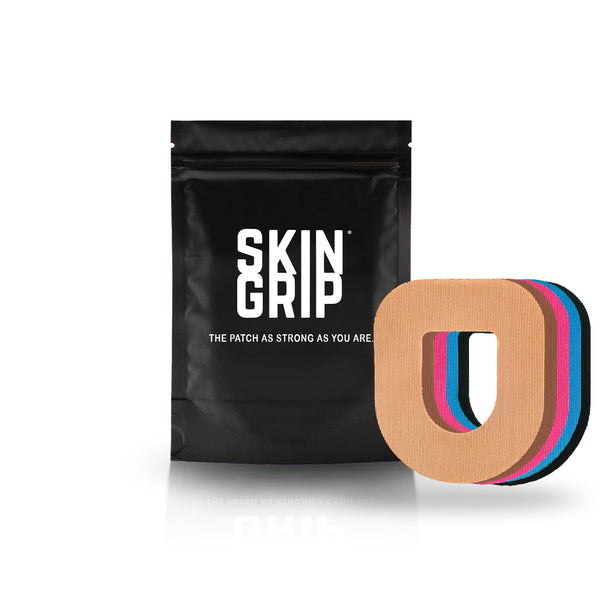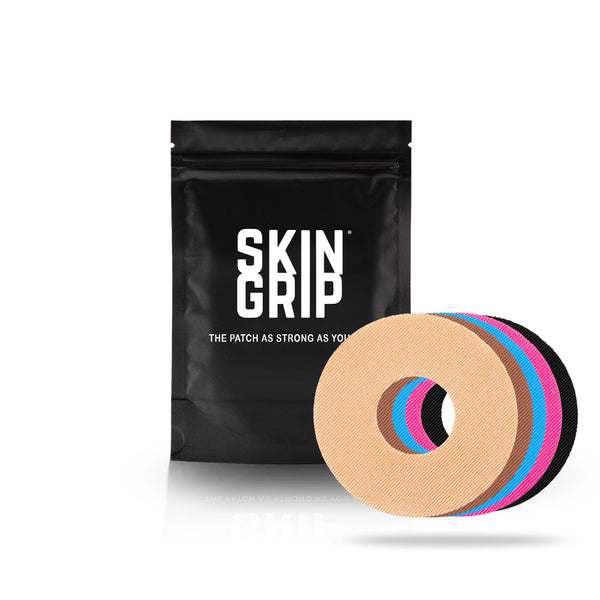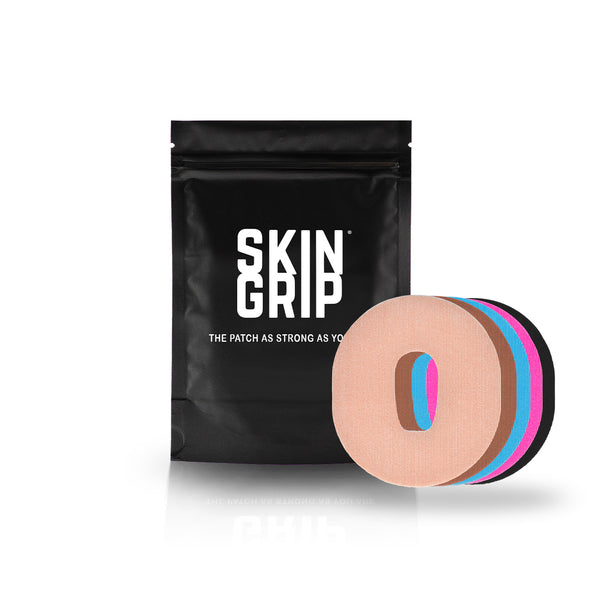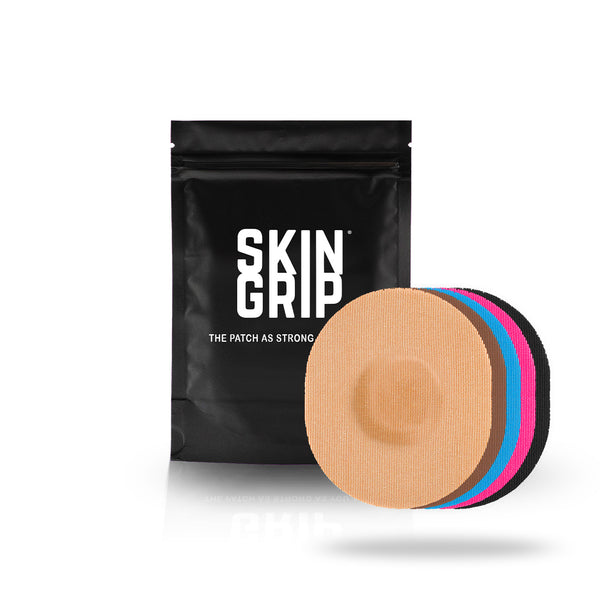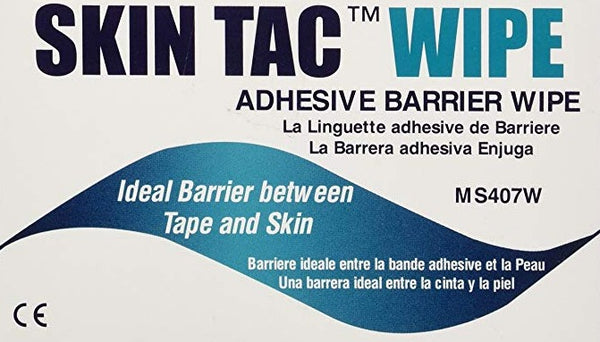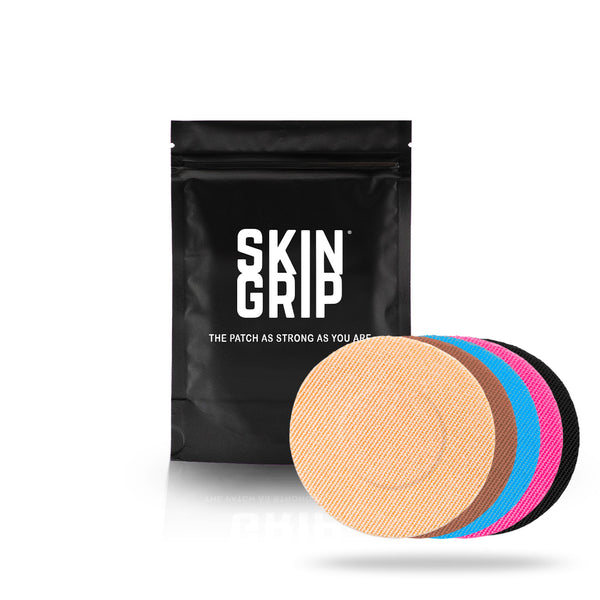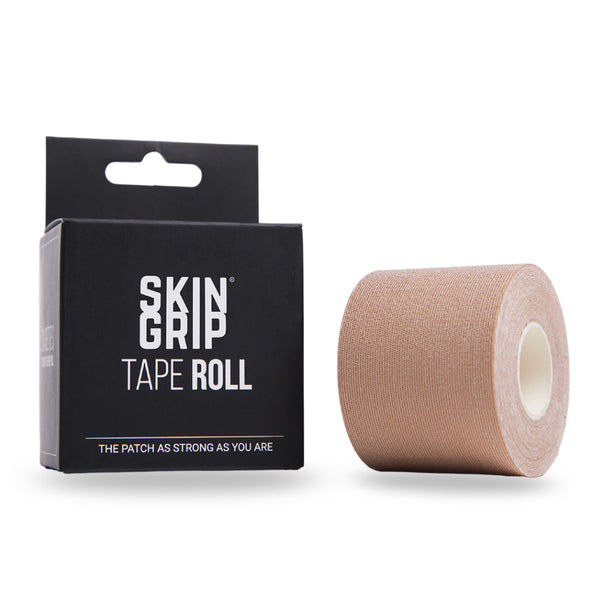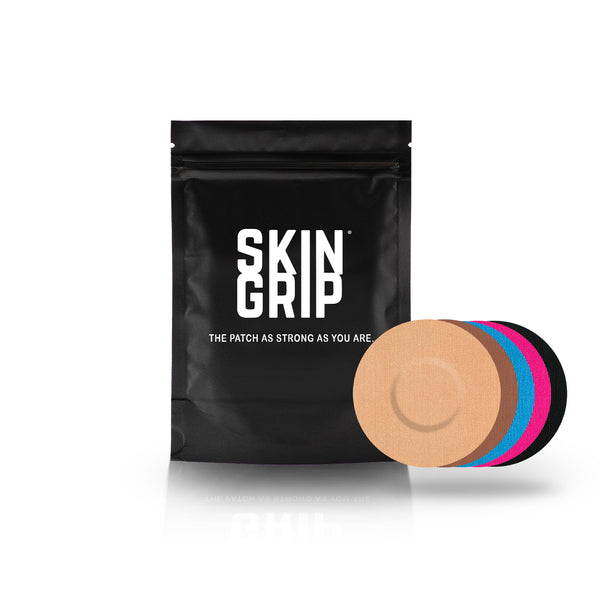 (Einladung_zum_Essen / pixabay)
(Einladung_zum_Essen / pixabay)
The day you receive the initial diagnosis can be frightening. You may have never considered your diet before, or maybe worse, you love food and feel like all your favorites are being taken from you. Don't panic. There is still plenty to eat while you're diabetic. All it takes is a little adjusting.
Fill Your Plate
The American Diabetes Association recommends a technique called the "plate method." This method can help you control your diet and start a healthy eating regimen, regardless of whether you are a diabetic or not. First, grab a plate. According to the ADA, the proper plate size is about 9 inches across. Once you have a plate, fill half of your plate with fibrous, non-starch vegetables. Instead of loading up with potatoes or rice, try spinach, kale, broccoli, asparagus, or squash. These kinds of vegetables are nutrient-dense and their high fiber content will help regulate your blood sugar.
Next, fill a quarter of your plate with protein. Meat, fish, and eggs are some of the most popular protein options. If meat is on the menu, try to opt for lean cuts, such as sirloin or chicken breast. For vegetarians, there are a wide variety of non-animal proteins, including low-fat cottage cheese, edamame, tofu, nuts, and lentils. Plant-based protein substitutes and protein supplements can be an option as well.
Lastly, a quarter of the plate is dedicated to carbohydrates. Keeping carb-heavy foods to a minimum can help you maintain your blood sugar, even after meals. Carbohydrates include starchy foods like potatoes, rice, beans, fruit, and sweets. Be sure to avoid carbs from unexpected places, like your cup. Sweetened beverages are a huge source of empty carbs, as is alcohol. Try for water or a zero-calorie drink such as tea, coffee, or sparkling water.
This 50/25/25 split between protein, fibrous vegetables, and carbohydrates is a simple way to evaluate your meals without counting calories or spending too much energy being fastidious about meal plans. As long as you can follow this guideline, you can eat most foods without concern. Below are some sample days of eating:
Day 1
Breakfast: 2 eggs, 1/2 cup of oatmeal with cinnamon, 1 cup cottage cheese with fruit. Cup of black coffee.
Lunch: Turkey sandwich on whole grain bread, raw celery and peas, cheese and apple slices. A bottle of iced tea (unsweetened).
Dinner: Spinach salad, sirloin steak, summer squash and fresh blackberries for dessert.
Snacks: 1 ounce of wasabi almonds.
Day 2
Breakfast: Cup of plain Greek yogurt and raspberries. Whole grain toast with peanut butter. Earl gray tea with stevia.
Lunch: Grilled chicken and quinoa salad, an orange, and a diet coke.
Dinner: Roasted pork chops and vegetables. Cantaloupe. Stevia-sweetened ice cream for dessert.
Snacks: Celery and hummus.
Day 3
Breakfast: 3-egg spinach omelette with hash browns. Cup of coffee.
Lunch: Carne asada tacos with onion, salsa, and guacamole. Roasted jalapeños. Ranch-style beans. Topo Chico mineral water.
Dinner: Chicken and lentil soup with a grilled cheddar sandwich. Chia seed pudding for dessert.
Snacks: Celery and peanut butter.
As you can see from these examples, a full day of eating with diabetes can be as decadent as it is nutritious. Now, you may be saying, “I don’t have time to cook and even if I did, I can’t do much more than boil water!” That’s fine. There are thousands of recipes that are nutritious, filling, and as simple as boiling water or turning on the oven. Roasting lean meat and vegetables on a sheet pan is a simple, single pan meal that yields incredible results with only minutes of prep time. Even better, it’s cheap! Let’s walk through it:
- Start with a collection of your favorite vegetables. We like sweet potatoes, onion, and spicy green peppers. Chop those babies into bite-sized cubes.
- Next, slice a pork loin into 1-inch chops. If you don’t like pork, use chicken or beef. This is your dish, so pick whatever is on sale and tastes good to you.
- Now that your vegetables and meat are prepped, season them with salt, pepper, and whatever smells good in the kitchen pantry. If you weren’t blessed with a sensitive palate, try a seasoning mix from the spice aisle of the grocery store. Old Bay, Tony Chachere’s, and McCormick are a few of the trusted brands in the U.S. We’re using our own blend of garlic, cayenne, crushed red pepper, and a secret ingredient we call Love. Be sure to cover all of your meat and vegetables in seasoning.
- Drizzle some olive oil onto a sheet pan and then arrange the vegetables into a single layer on the pan. Cook in a preheated 400°F oven for 15-20 minutes.
- Remove the pan from the oven, stir the vegetables, then lay the pork chops on top of the vegetables. Return the pan to the oven. Cook for 10 minutes.
- Remove the pan once more and flip the pork chops. Return the pan to the oven and cook for 5-7 minutes until done.
- Remove from the oven and allow the meat to rest about 5 minutes before eating.
It’s that easy! This recipe is simple, quick, and basic enough that you can modify it to fit your preferences or budget. For about $15, this meal can feed one person for most of a week, or a family for a night or two. If you are an adventurous eater, you can play around with this recipe once a week until you find a combination of protein, veggies, and seasoning that makes your taste buds tingle.
For many cooks, having a challenge in the kitchen can be fun. Cooking in line with recommendations from the ADA can be a great way to stretch your culinary muscles and discover foods you may not have tried before. That’s how we discovered shakshouka, but that’s a recipe and story for another day. Happy eating!
And don’t forget to check out Skin Grip’s ultra-strong waterproof adhesive tape for insulin pumps. Eating right with diabetes should feel good and easy—and so should securing your diabetes devices.

